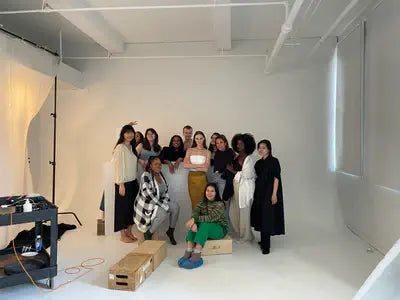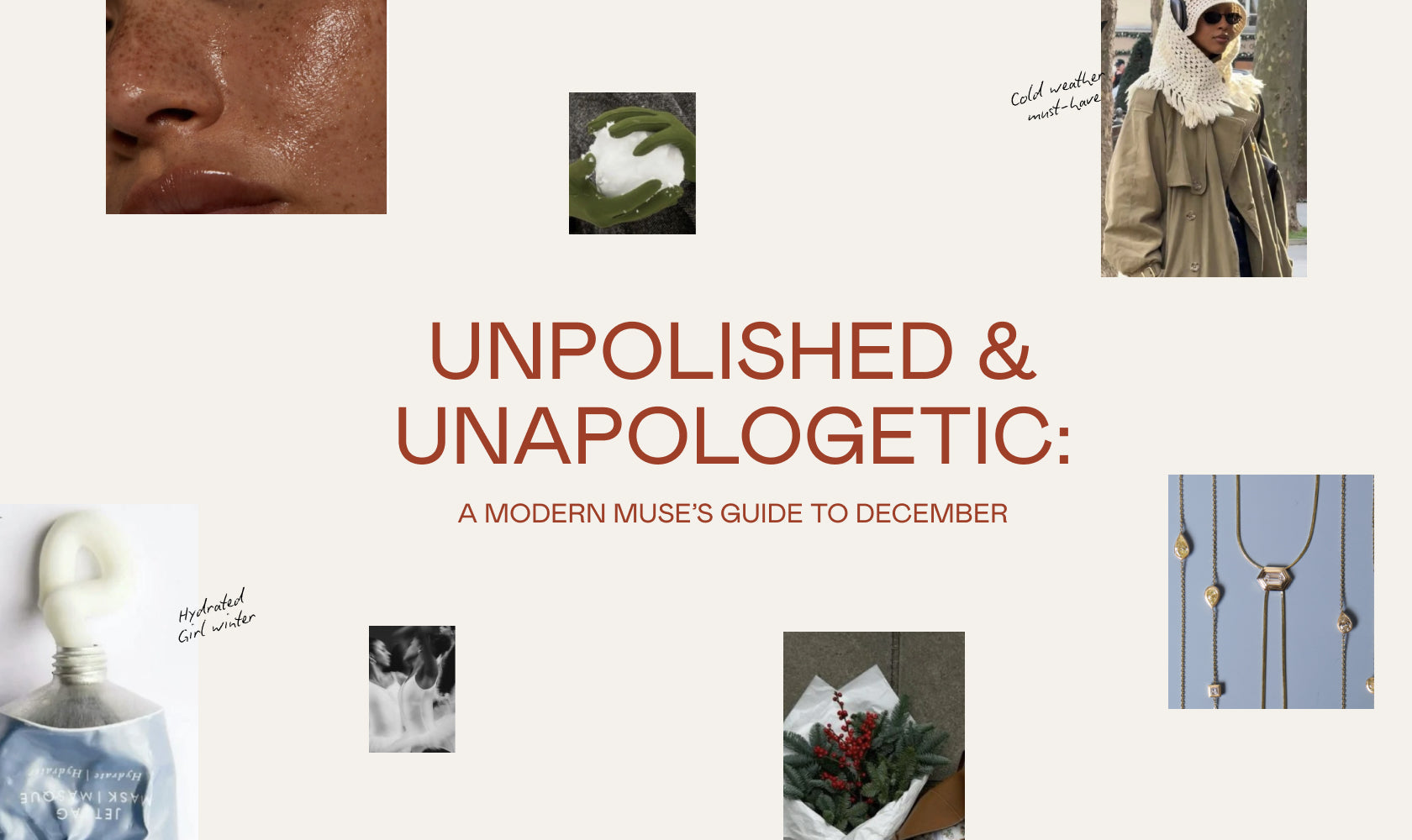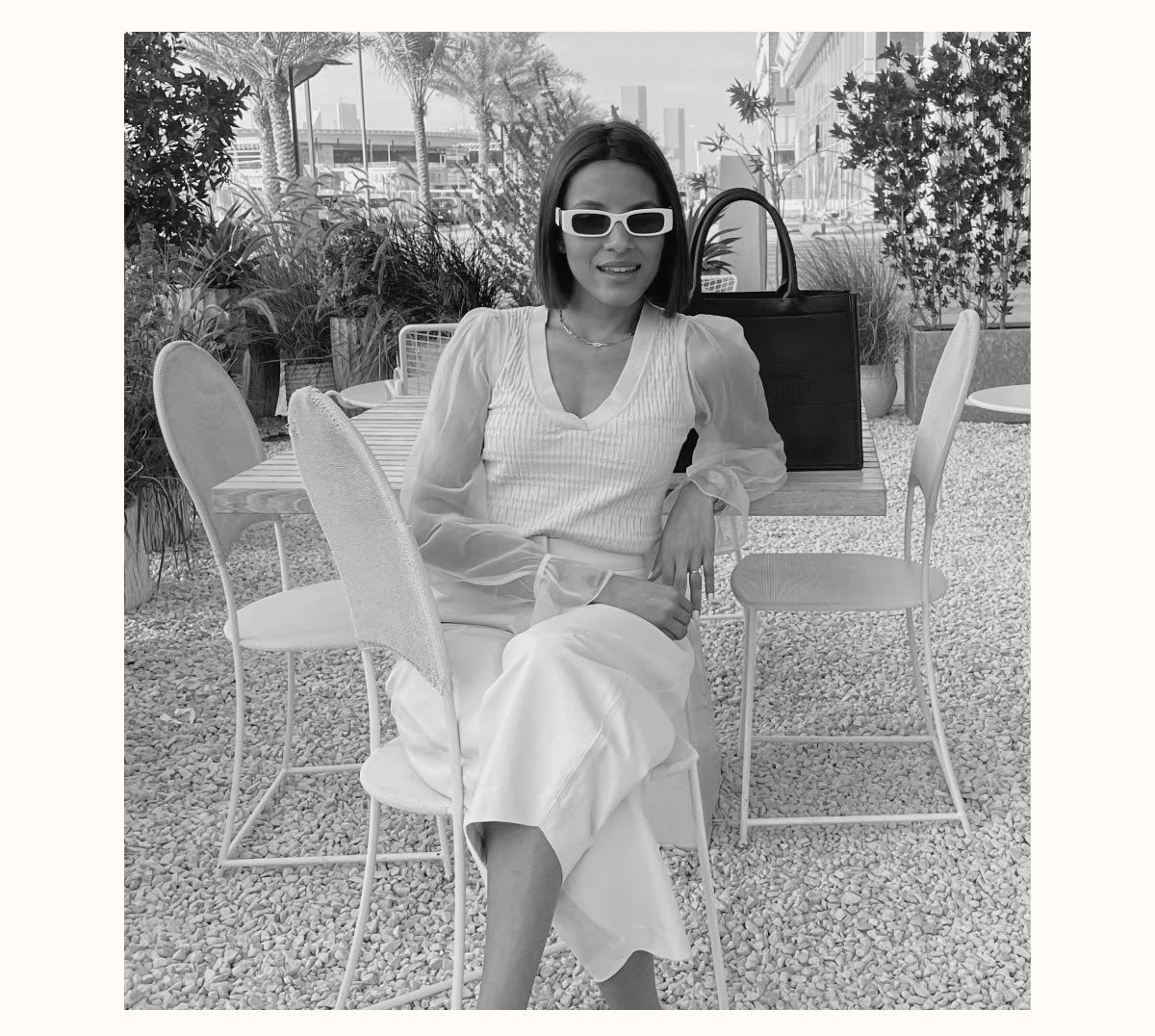The Allure of Antique Diamonds

Antique cut diamonds are a special and intriguing historical relic that possess both beauty and mystery. These diamonds were cut by hand without modern technology by experienced diamond cutters between the early 1300s and 1930s, each with an unprecedented story that is reflected in the way they were cut. Recently, antique diamonds have grown in popularity as more people desire sustainable and unique and rare diamonds for their engagement rings.
SO what is an antique diamond? An antique diamond refers to a diamond that was cut from it's rough form more than 100 years ago without modern technology. For the purpose of this blog post, we’re talking about "true" antique cut diamonds. Today, diamond cutters do cut rough diamonds to look like antique cuts because of their beautiful allure and look but in the diamond industry there is a difference between "true" antique cut diamonds vs modern antique cut diamonds.
It's no wonder that antique diamonds have captured the hearts of so many, including us here at AARYAH. We love antique diamonds and want to share a few reasons why antique diamonds continue to captivate us: their rich history, impeccable craftsmanship, and a soft glow that is genuinely unmatched.
What Makes an Antique Diamond Unique?
Provenance: Embrace the Power of Rebirth
One of the most intriguing aspects of an antique diamond is its provenance. When you wear an antique diamond, you're not just wearing a beautiful piece of jewelry, you're also wearing a piece of history. These diamonds have lived through many eras and have been part of countless stories, making them true relics of the past. Antique diamonds have been passed down from generation to generation, each time taking on new meaning and significance. They have been used to symbolize love, friendship, loyalty, making them more than just mere stones. Nowadays, antique diamonds are usually reclaimed from private collectors, estate jewelry, and jewelry enthusiasts.
Craftsmanship: The Art of Hand-cutting
Antique diamonds were cut by hand over a century ago, long before modern technology came into play. This means that every antique diamond is distinguished and has its own character, shaped by the hands of the master craftsmen who sculpted it. Hand-cutting a diamond is an art form that requires great skill and patience. Each cut is made with precision and intent, resulting in a diamond that is unlike any other, making it special and desirable. When you see an antique diamond, you're not just admiring a gemstone, you're gazing at a work of art.
Glow: A One-of-a-Kind Softer Radiance
One of the most striking features of an antique diamond is its delicate glow. Because of their unusual cuts, antique diamonds have a depth and fire that simply cannot be replicated by modern technology. Each antique diamond has its own distinct glow, creating a one-of-a-kind smooth brilliance that is truly unparalleled. When light enters an antique diamond, it travels further on its larger facets, bouncing back to create a mesmerizing display of color. This unique play of light is what gives antique diamonds a warmer, romantic, and subtle glow that is so coveted by collectors and jewelry enthusiasts.
Are Antique Diamonds Valuable?
Certain classes of antique diamond cuts have gone up in price due to demand and lack of supply. In particular, antique cushion cuts and old European diamond cuts with higher color grades have seen incredible demand in the past few years. When an antique cut diamond is outstanding, it may occasionally sell for more money than a comparable current stone because of its rarity. Some notable antique cut diamonds have hit record breaking prices at auction houses.
One of the main identifiers of a true antique cut diamond is its irregular outline. There is no perfect square, no perfect round, no perfect pear, etc. An antique cut diamond usually has a higher crown, smaller table, and larger culet, giving it a soulful appeal. Artisans who delicately hand-cut these diamonds intended them to be admired in the candlelight, offering a much softer glow with a romantic touch.
Antique Old Cut Vs. A Modern Cut
True antique cut diamonds were created more than 100 years ago by hand, without the aid of contemporary technology, giving antique diamonds a distinctive shape with an unparalleled glow. Over the years, diamond cutting has drastically changed, fashioning diamonds with smaller and more facets, adding more sparkle. With the help of precise modern technology, modern cut antique diamonds usually feature smaller culets and a wider table.
Sparkle vs. Fire
A main visual distinction between an antique cut and a contemporary round brilliant is that the former favors "fire," or the multicolored flashes of light from within the stone, while the latter does not. The modern round brilliant, on the other hand, emphasizes sparkle and brilliance, resulting in the distinctive black-and-white pattern that you can see playing across the surface.
Hand-crafted versus Machine-cut
At the time that antique cut diamonds were fashionable, machine cutting wasn't accessible. Each one was manually cut. Several antique cuts have unusual bulges, off-round forms, and are usually not symmetrical. That's what makes the antique diamonds so special. It's imperfectly perfect. Machine-cut diamonds display precision and sparkle. Modern cut diamonds feature more intricate facets and symmetrical shapes.
In essence, when you wear an antique diamond, you're not only wearing jewelry; you're also wearing an original piece of artwork with a rich history. Antique diamonds are truly remarkable and hold a special place in the world the world of jewelry and especially here at AARYAH, where we strive to produce one-of-a-kind diamond jewelry. So, if you're looking for a truly special piece of jewelry, consider an antique diamond. It's a purchase you will treasure and cherish for a lifetime by carrying on its legacy and creating a new story for the future.












Comments